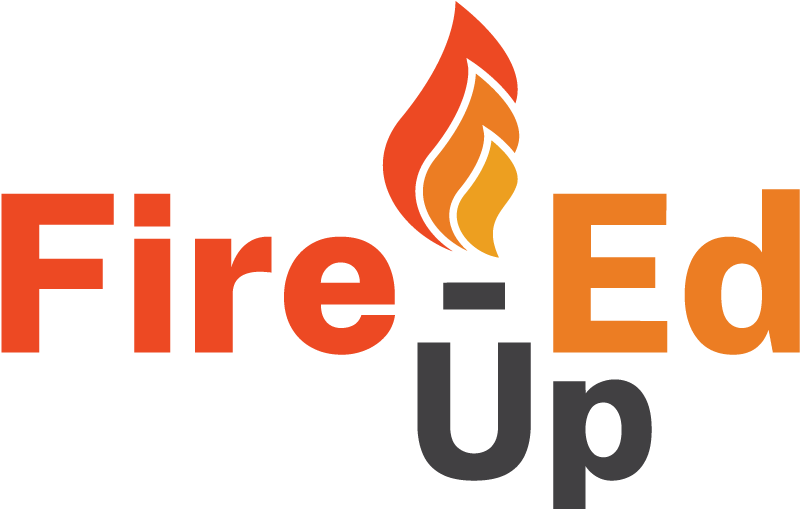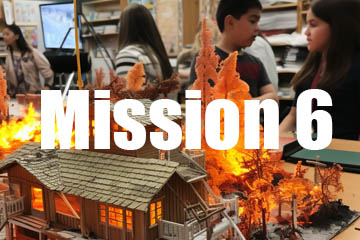Fire-Ed Up Challenge
Mission 5 | Design
The most promising solutions
In order to design effectively students need to be able to communicate their ideas. In Mission 5 of the Fire-Ed Up Challenge, students will develop their designing skills with Glenny-D, Gillian Hewitt and Ian Preston. We will also conclude our conversation with Nick de Leon discussing design and previewing the next mission topic ‘Prototyping’.

Introduction
What is ‘Design’
This stage of the iSTEM engineering design process requires students to design & refine ideas in readiness for their first prototype. How do the ideas fit together? Which is the best design to trial? Are all resources available?
Use the lesson below to commence solving one of the following scenarios;
Mission Brief
Key Questions for Students to consider
- Is the design concept a product, environment, system, or something else?
- What kind of subject matter experts can you bring on to help you design the best solution?
- How do we combine many ideas into design solutions?
- How do you resolve conflicting design ideas?
- How do you choose the best design?
- Do you have the skills required to produce the design solution
Possible Activities
- Use convergent thinking to develop ideas and refine solutions.
- Work collaboratively to enhance solutions.
- Produce sketches, detail drawings, digital graphics to communicate solutions.
- Use critical thinking, problem solving, and entrepreneurial activities to produce the ‘best solution’.
- Use a range of design tools to communicate ideas.
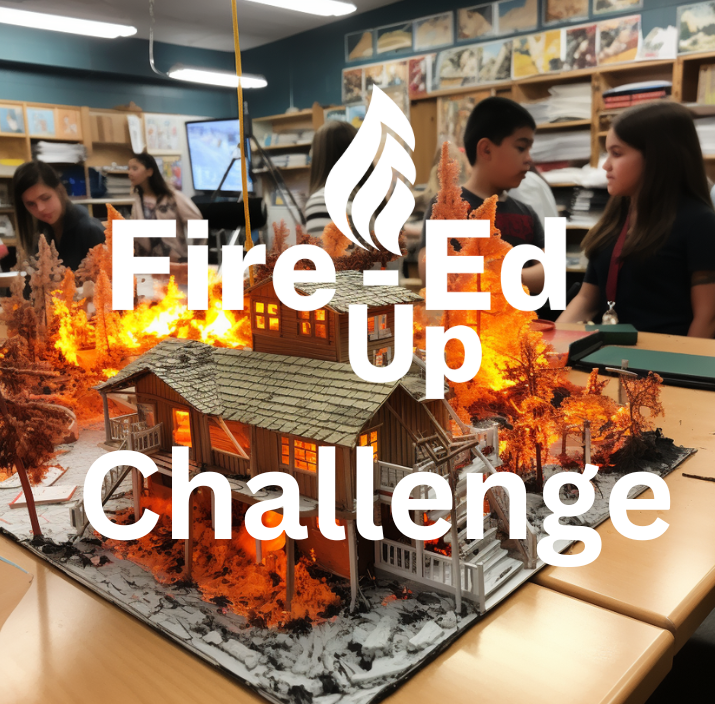
Suggested Learning Sequence – Mission 5
Our expert curriculum designers have developed a suggested Mission 5 learning sequence for teachers. The following is for the full set of Fire-Ed Up resources, however, teachers are encouraged to only use activities that are most suitable for their own class and school setting.
Sub Mission 1: Setting the Scene Watch the introductory video for mission 5.
Sub Mission 2: Design Thinking Activity Provide students with the design thinking worksheet and get students to complete the 2-minute design challenges developed by Nick De Leon.
Sub Mission 3: Divergent and Convergent Thinking Watch video from Anne Manning to learn how to complete the divergent and convergent thinking exercises. Provide students with the design ideas worksheet, and get them to complete a series of exercises taking their best six design ideas and synthesizing them down to one final design solution.
Sub Mission 4: Design Drawing Watch the fundamentals of drawing for design video by Glenny-D which covers the three keys for learning to draw your ideas in 3D. Provide students with the introduction to the Design Drawing worksheet and the Design Drawing Examples worksheet and get students to produce some design drawings of their final idea.
Extension Mission 5: Computer-Aided Design Watch Using CAD in Design video, where Mr Ian Preston discusses how to use CAD in design. Provide students with this worksheet and discuss Computer-Aided Design. Get students to complete CAD design challenge.
Sub Mission 6: Scenarios Get students to watch the selected videos from their selected scenario to provide additional context for their project.
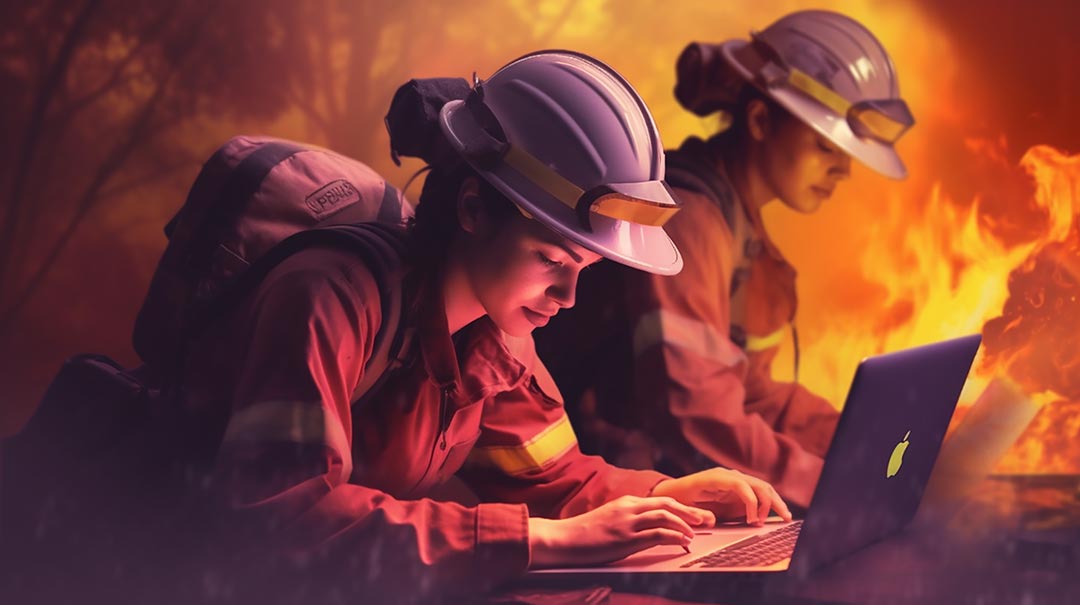


Downloadable Resources
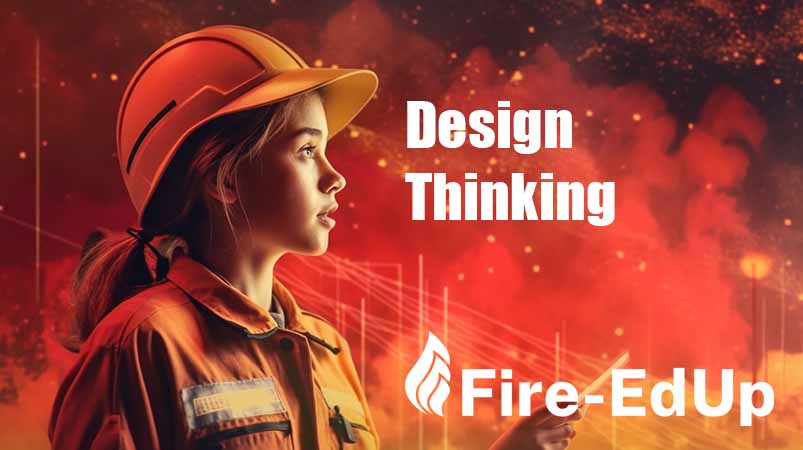
Design Thinking
In this worksheet, students complete a 2-minute design thinking exercise as described by Nick de Leon in the opening video. It is designed to be a fun activity to get students to think about for whom they are designing.

Design Ideas
In this worksheet, students learn about divergent and convergent thinking. Students complete a series of exercises taking their best six design ideas and synthesizing them down to one final design solution.
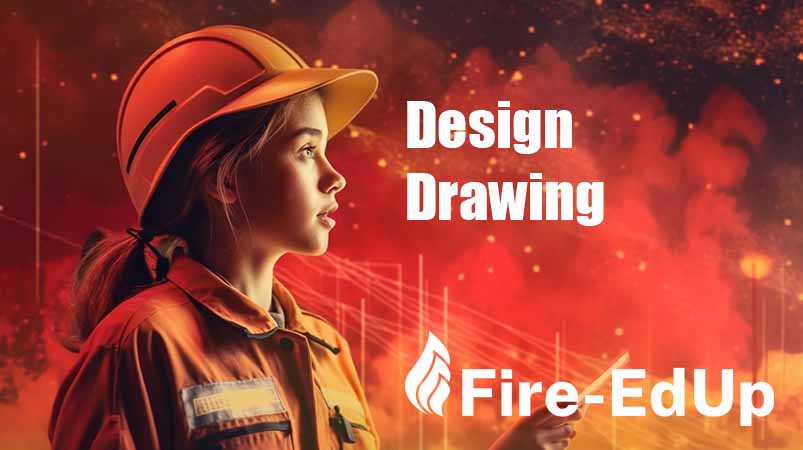
Design Drawing
In this worksheet, students use the techniques described by Glenny-D to draw detailed drawings for the purpose of producing a prototype.

Design Drawing – Examples
This is a supplementary worksheet for the Glenny-D design drawing activities. In this worksheet is some sample work completed by Glenny-D in his video.

Computer-Aided Design
This worksheet is to support the Tinker-CAD video presented by Mr Ian Preston. It has related information about CAD packages and a CAD-based design challenge.
All Scenarios – Resources
General background information for teachers and students to support challenge activities.
Smoke From Australian Bushfires in January, 2020
Smoke injected into the atmosphere from the 2020 Australian fires and its subsequent eastward dispersal observed by NASA satellites CALIPSO and MODIS over a several-day period. The bright colours indicate the presence of small particles (aerosols) and the white colour indicates clouds. (0:18 minutes)
Global Transport of Smoke from Australian Bushfires
High-impact events between August 2019 and January 2020, including Hurricane Dorian (August to September 2019), major fire events in South America and Indonesia (August to September 2019), and extreme wildfires in Australia (December 2019 to January 2020) (2:13 minutes)
Scenario 1: New technologies driving bushfire innovations
AI app assisting firefighters to minimise bushfires
Artificial intelligence could help predict devastating bushfires. Work is being done to create apps for both the public and firefighters to yuse. (1:14 Minutes)
Thermal imagery during a bushfire
Aerial footage taken with a thermal aerial video at Mallacoota on 31 December 2019 at 11pm shows the extent of the bushfire front in the East Gippsland area. (1:13 Minutes)
Scenario 2: Protecting human life & property from bushfires
Australian bushfires 2019-20: exploring the short-term health impacts
The 2019–20 bushfire season showed clear associations between increased bushfire activity, including poor air quality, and people seeking assistance for their health. (1:21 Minutes)
Are there long-term health risks from breathing bushfire smoke?
The short-term health effects of the smoke are known, but the long-term effects are a bit more mysterious, and now academics say it’s time to fill in the gaps. This research is critical for public health (2:22 Minutes)
Scenario 3: Protecting fauna & flora from bushfires
Bushfires: pushing plants to extinction
Discover how scientists at the Australian Institute of Botanical Science are using seed banks to guard our endangered native plant species against extinction. Join host Vanessa Fuchs and Chief Botanist Dr Brett Summerell to learn more. (9:09 Minutes)
Protecting ecosystems in Kosciuszko National Park
By using smart fire detection technology, helicopters, rapid aerial response firefighting teams, and strategic hazard reduction, the National Parks and Wildlife Service (NPWS) is safeguarding this unique alpine environment. (6:20 Minutes)
